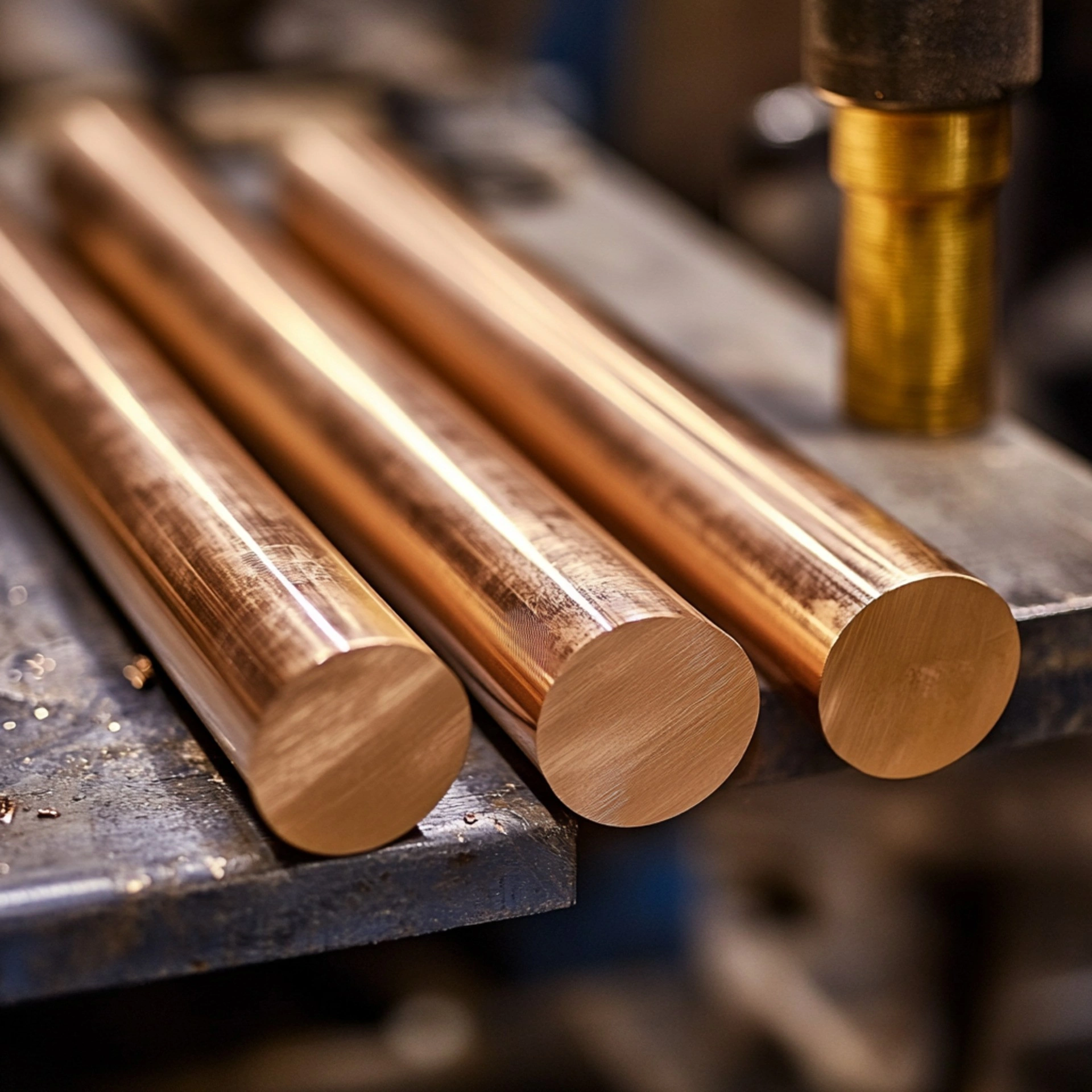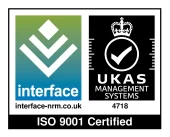Copper round bar is a highly versatile material in the world of CNC machining and metal fabrication. Known for its excellent conductivity, strength, and corrosion resistance, copper is widely used across various sectors, including electrical engineering, construction, automotive, and aerospace. When used effectively, it enhances both the performance and precision of fabricated components. This guide explores the best ways to utilise copper round bar in machining and fabrication, offering insights that adhere to practical, evidence-based practices.
How Copper Round Bar Enhances Precision Engineering
Copper is highly appreciated in the machining world due to its mechanical and electrical properties. Copper, unlike other metals, has high thermal and electrical conductivity, making it excellent for energy-transfer applications like electrical terminals and heat exchangers. Its malleability makes it easier to mould, cut, and edit with CNC machines.
When utilised in CNC operations, copper round bar stock enables machinists to make high-quality components with constant precision. While copper is softer than many alloys, utilising the proper tools results in a smooth machining operation with minimum tool wear. Lubrication and speed control are essential when working with copper to ensure surface quality and dimensional precision.
Furthermore, its nonmagnetic and corrosion-resistant properties make it very suitable in specialised industries such as medical production, aerospace fittings, and marine-grade installations.
Understanding the Types of Copper for Machining
There are several types of copper available in round bar form, each with particular advantages depending on the application:
- Pure copper (C101/C110): Offers the highest conductivity and is commonly used in electrical contacts, busbars, and grounding components.
- Tellurium copper (C145): Maintains high conductivity while offering better machinability for CNC operations.
- Beryllium copper (C172): Known for its excellent strength and non-sparking properties, making it ideal for aerospace and hazardous environments.
Each type behaves slightly differently under machining and fabrication conditions, so choosing the correct specification is key to achieving the desired outcome.
Practical Applications of Copper in Fabrication Processes
Fabricators often use copper round stock to make parts that need to be very exact in terms of size and tolerance. Parts of valves, pressure tanks, heat exchangers, and connectors are all included. The bar’s round shape makes it perfect for lathes and automatic CNC machines that need symmetrical stock to make sure the results are the same every time.
You can weld, thread, bend or braze copper round bar depending on your project requirements. Because copper conducts heat efficiently, you must take extra safety precautions during welding. To create strong and reliable joints, use methods like TIG welding along with the correct shielding gas.
Use suitable adhesives or screws to join copper with brass, stainless steel, or aluminium in multi-metal assemblies. When working in areas exposed to moisture, always consider the risk of galvanic corrosion between the metals.
CNC Techniques for Working with Copper Round Bar
Several CNC processes can be applied effectively to copper round bars:
- Turning: Ideal for creating cylindrical shapes such as rods, bolts, or spacers. A sharp cutting tool and steady feed rate reduce tool wear and prevent copper from smearing.
- Milling: Used for slots, holes, and detailed features. Tool coatings like TiCN can help resist sticking and improve finish quality.
- Drilling: Precision drills with high helix angles ensure smooth cutting. A coolant or lubricant is often necessary to dissipate heat and avoid workpiece damage.
- Threading: Copper’s softness can make threading a challenge, so dies or taps should be sharp and used with care to avoid burring.
With these techniques, manufacturers can produce repeatable, high-tolerance parts suited for industries where performance and reliability are non-negotiable.
Safety Considerations and Sustainability
Copper is usually safe to work with, but any small pieces that are made during machining should be properly removed. To keep workers safe from irritants, they need a dust collecting system and safety gear like gloves and glasses.
Copper is environmentally friendly because it can be recycled over and over again without losing any of its usefulness. It is possible to reuse scrap metal from CNC and fabrication methods. This cuts down on waste and costs over time.
Understanding and applying these ideas have helped ILF Ltd make better use of things and produce higher-quality work. ILF Ltd knows how important it is to know a lot about materials when making precision parts because they work with a lot of different metals and methods.
Best Practices for Integrating Copper Into Your Fabrication Workflow
To maximise the effectiveness of the copper rod in CNC and fabrication tasks:
- Source high-quality material with traceable specifications to ensure consistency.
- Match the alloy to the project to balance conductivity, strength, and machinability.
- Use proper tools and speeds designed for soft metals to maintain sharpness and surface integrity.
- Plan for heat management, especially in continuous operations where copper’s thermal properties can affect tolerances.
- Consider post-processing techniques such as polishing or plating to enhance durability and appearance.
These best practices not only ensure better results but also help reduce waste and machining time.
The Bottom Line
In today’s manufacturing and machining settings, copper round bar is still very useful. It is essential in many situations because it is highly conductive, doesn’t rust, and is easy to machine. Fabricators and engineers can get better accuracy and performance by learning about its qualities and how to use them correctly in CNC settings.
Making smart choices about materials and methods is very important in an industrial world that is changing quickly. Copper rod supports innovation, reliability, and long-term efficiency when you assemble it correctly. Whether you’re creating prototypes or high-use components, you need to understand how to work with copper effectively.
Milly Edwards
Sales and Marketing Executive: Responsible for creating content for ILF's social media channels, website, print media and promotional work.








